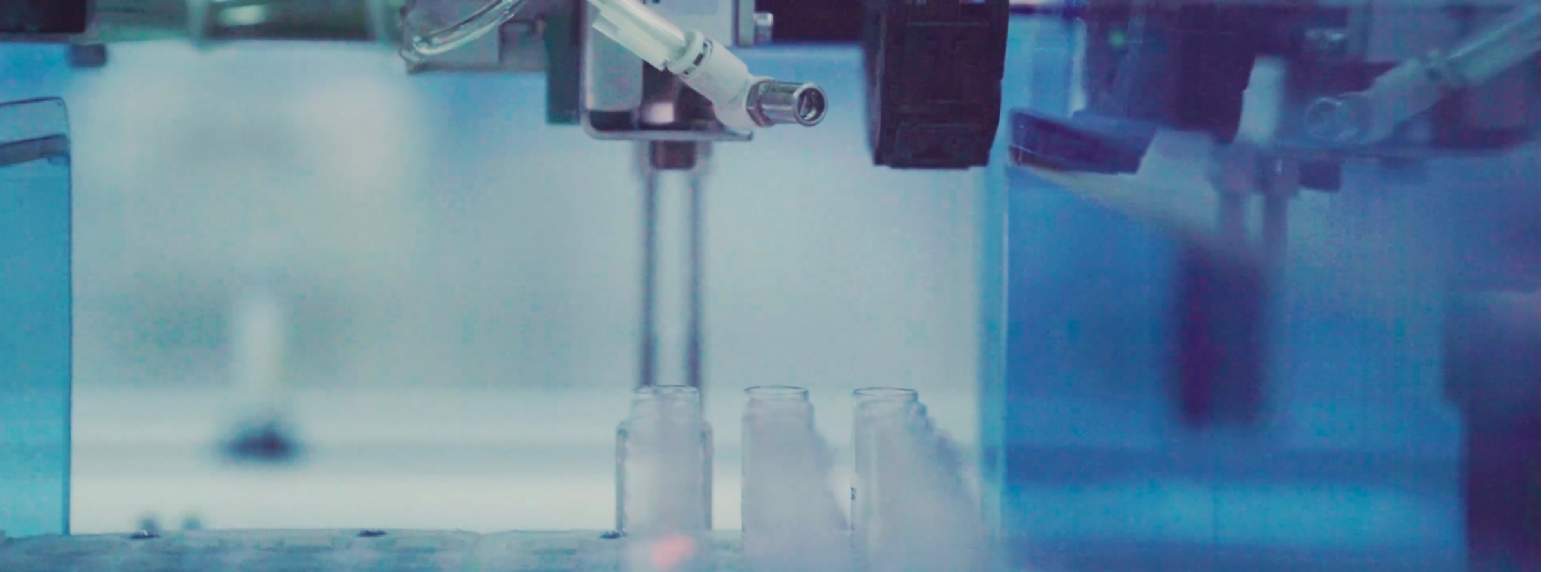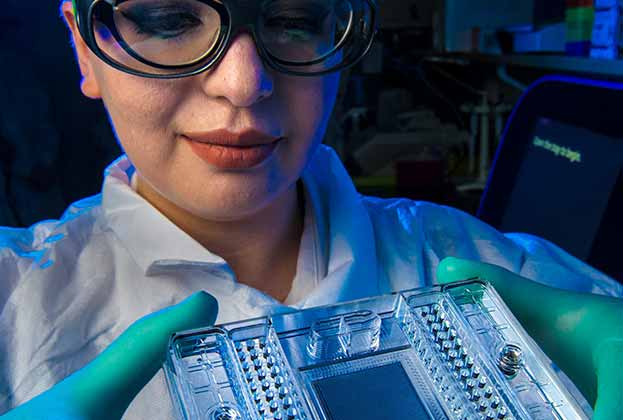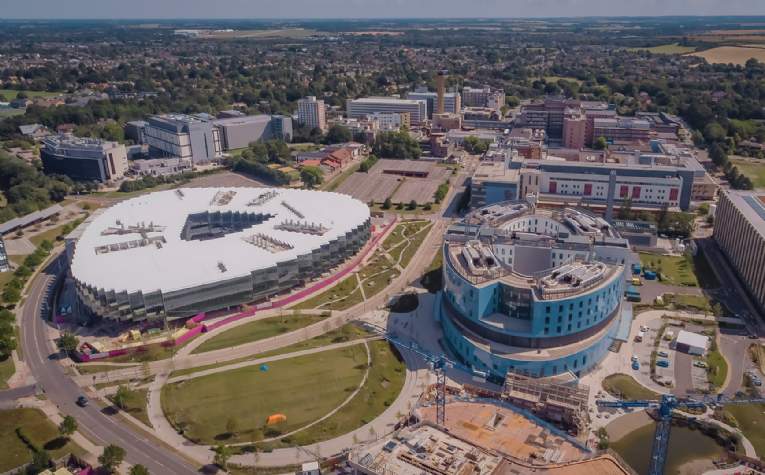There’s no doubt that in 2022 the UK continued to punch way above its weight when it came to science. In fact, despite numerous economic headwinds, the sector remained resilient, continuing to attract venture capital (VC) investment, which will unquestionably translate into further real estate requirements.
Last year, space taken by science-related companies across the golden triangle of London, Oxford and Cambridge reached 1.40 million sq ft, the highest total in the last five years, so what can we expect in 2023?
London building momentum
As a market, London took a large leap forward in 2022, with the first lab enabled schemes starting on-site, due to be delivered towards the end of the year and into 2024.
This momentum has also seen a number of bigger requirements from large corporates looking for opportunities. GSK has already signed for a new HQ at the Earnshaw Building on New Oxford Street, while US pharmaceutical firm Eli Lily continues to look for accelerator space totalling 65,000 sq ft. Attracted by the growing eco-system, London will provide both businesses with a significant pool of talent and a thriving start-up community. In terms of funding, the city accounted for 2.2 per cent of global VC total in 2022, the highest ever recorded, suggesting there is still more to come from the capital.
The emergence of lab premiums
All of this activity will see the greater emergence of lab premiums outside of Cambridge into 2023, which should help to underwrite further development. 2022 saw the first lettings of commercially developed fitted incubator and larger generic labs in Oxford and London and, looking ahead, we will see an increasing number of deals across the golden triangle. This will give a far clearer tone and transparency around premiums for different grades and types of lab space.
Oxford and Cambridge
With regard to Oxford and Cambridge, supply will remain critically low in 2023. However, the pipeline of new lab stock is looking far healthier with a significant amount of space due to complete into 2024 and 2025. Consequently, in the short-term, we should see rents for lab space in Cambridge, for instance, jump by as much as 35 per cent to £65 per sq ft this year.
VC funding
2023 will also see the impact of a tougher funding market, with early stage firms finding it far harder to raise VC, although, placing this within a global context, London has seen less of an impact at 17 per cent below 2021’s total, compared with a 43 per cent reduction worldwide. With occupiers looking to conserve cash, it will be the landlords who provide both flexibility and the right type of space who stand to benefit most.
What about Europe?
Looking beyond the UK, we have seen heightened investor appetite for science assets in core clusters across continental Europe, particularly within France, the Netherlands, Germany, Switzerland and the Nordics.
While Germany leads as the top market for investment into R&D by big pharma, France especially is seeing significant growth in the number of science companies and VC funding in established locations such as Paris, Toulouse and Lyon. Likewise, Switzerland continues to rank first in the Global Innovation Index.
Ultimately, 2022 was a positive year for the UK’s core science markets, however there are undoubtedly challenges to overcome. These include streamlining our planning system to unlock the delivery of more space, as well as getting the right long-term strategic government policies in place to better support companies on the long road to commercialisation.
Further information

.jpg)
.jpg)


.jpg)

.jpg)
.jpg)

